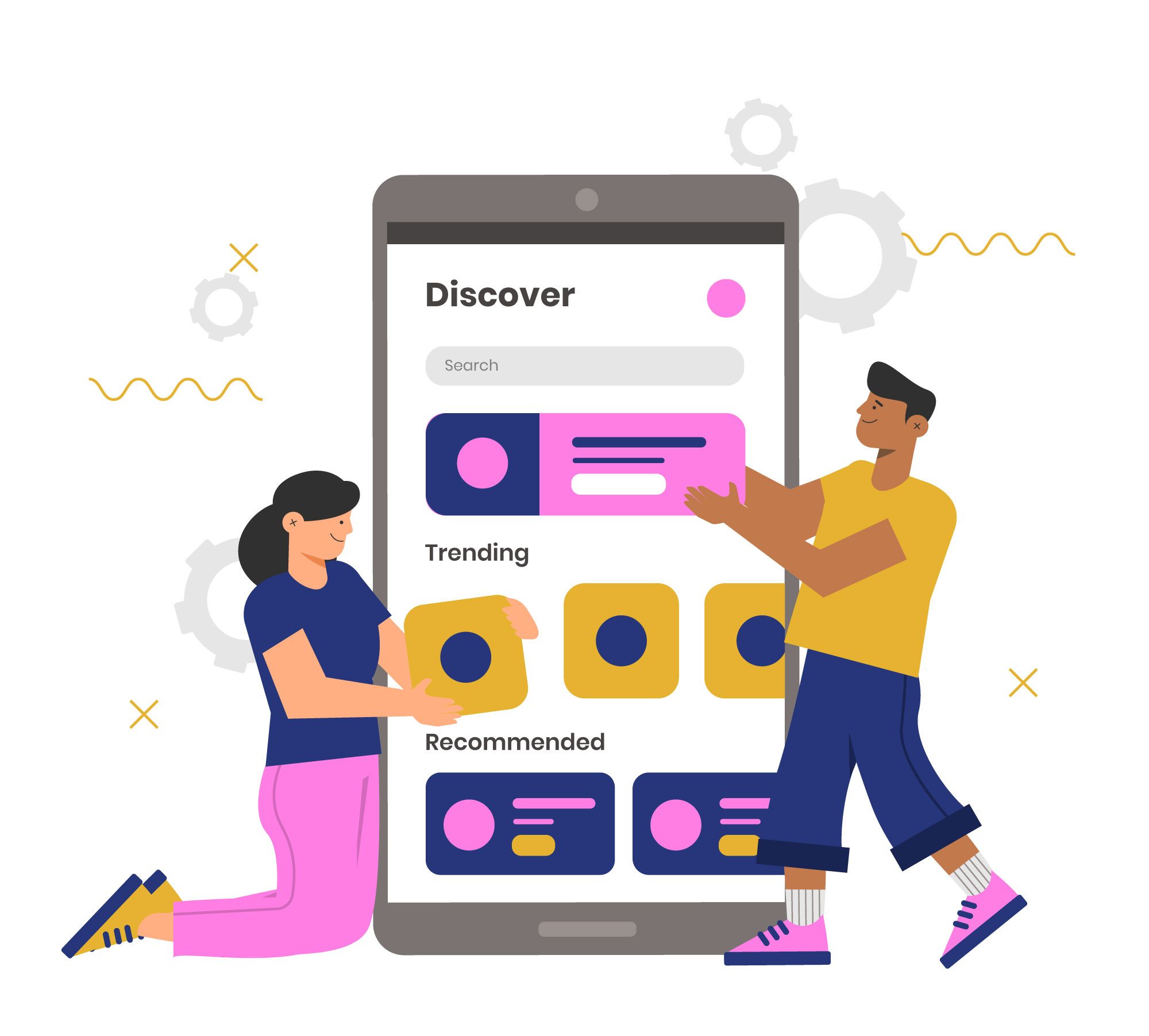Title: The Power of Personalization: How Customization Enhances User Engagement in Mobile Apps
In today’s competitive digital landscape, user engagement is a key determinant of an app’s success. One of the most effective ways to enhance user engagement is through personalization. By tailoring the app experience to individual preferences and behaviors, developers can create more meaningful and enjoyable interactions. This blog explores the power of personalization in mobile apps and how it can significantly boost user engagement.
Why Personalization Matters
- Increased User Satisfaction:
- Personalization makes users feel valued and understood, leading to higher satisfaction. When an app caters to their unique needs and preferences, users are more likely to enjoy the experience and continue using the app.
- Enhanced User Retention:
- Personalized experiences can lead to increased user retention. When users feel that an app is consistently relevant to them, they are more likely to return and use it regularly, reducing churn rates.
- Higher Conversion Rates:
- Personalization can drive higher conversion rates by presenting users with relevant content, products, or services. By showing users what they are most interested in, apps can encourage more interactions and purchases.
- Improved Engagement Metrics:
- Apps that use personalization effectively tend to see improved engagement metrics, such as longer session durations, more frequent visits, and higher interaction rates. Engaged users are also more likely to provide positive reviews and recommend the app to others.
Strategies for Effective Personalization
- User Data Collection and Analysis:
- Collect data on user behavior, preferences, and demographics. Analyze this data to understand individual user needs and tailor the app experience accordingly. Ensure that data collection is transparent and obtain user consent to build trust.
- Personalized Content Recommendations:
- Use algorithms to recommend content, products, or services based on user history and preferences. For example, music streaming apps like Spotify use personalization to create custom playlists that match user tastes.
- Customized User Interfaces:
- Allow users to customize their app interface, such as changing themes, layouts, or notification settings. Apps like Twitter let users choose between different themes (e.g., dark mode) to enhance their user experience.
- Targeted Notifications:
- Send personalized notifications based on user behavior and preferences. For instance, a fitness app might remind users of their workout goals or suggest new exercises based on their previous activities. Ensure that notifications are relevant and not intrusive to avoid user fatigue.
- Dynamic Content Delivery:
- Use real-time data to deliver dynamic content that adapts to the user’s context and behavior. News apps like Flipboard use personalization to curate news feeds that align with the user’s interests and reading habits.
- Location-Based Personalization:
- Incorporate location data to provide personalized services and content. For example, navigation apps like Waze offer real-time traffic updates and route suggestions based on the user’s current location and driving patterns.
- Behavioral Segmentation:
- Segment users based on their behaviors and preferences to deliver more targeted and relevant experiences. E-commerce apps like Amazon use behavioral segmentation to display personalized product recommendations and offers.
Challenges and Considerations
- Privacy and Data Security:
- Personalization relies heavily on user data, raising concerns about privacy and data security. Ensure that data collection practices comply with regulations like GDPR and CCPA. Implement robust security measures to protect user data and maintain trust.
- Balancing Personalization and User Control:
- While personalization can enhance user engagement, it is crucial to give users control over their personalized experience. Allow users to customize their settings and opt out of personalized features if they prefer.
- Avoiding Over-Personalization:
- Over-personalization can lead to a filter bubble, where users are only exposed to a narrow range of content. Ensure that personalization algorithms introduce diversity to keep the user experience fresh and engaging.
- Maintaining Relevance:
- Personalization should be continuously updated to remain relevant. Regularly refresh personalization algorithms based on new user data and feedback to ensure that the app stays aligned with user preferences.
Real-World Examples of Effective Personalization
- Netflix:
- Netflix uses sophisticated algorithms to recommend movies and TV shows based on user viewing history, ratings, and preferences. This personalization keeps users engaged by constantly presenting them with content they are likely to enjoy.
- Amazon:
- Amazon provides personalized shopping experiences by recommending products based on user browsing and purchase history. Personalized email campaigns and targeted offers further enhance user engagement and drive sales.
- Spotify:
- Spotify’s personalized playlists, such as “Discover Weekly” and “Daily Mix,” use user listening habits to curate music selections. This keeps users engaged by introducing them to new music tailored to their tastes.
Conclusion
Personalization is a powerful tool that can significantly enhance user engagement in mobile apps. By tailoring the user experience to individual preferences and behaviors, apps can increase user satisfaction, retention, and conversion rates. However, it is essential to balance personalization with privacy, user control, and relevance to maintain trust and provide a genuinely engaging experience. As mobile technology continues to evolve, the ability to deliver personalized experiences will become increasingly important in capturing and retaining user interest in the digital age.



